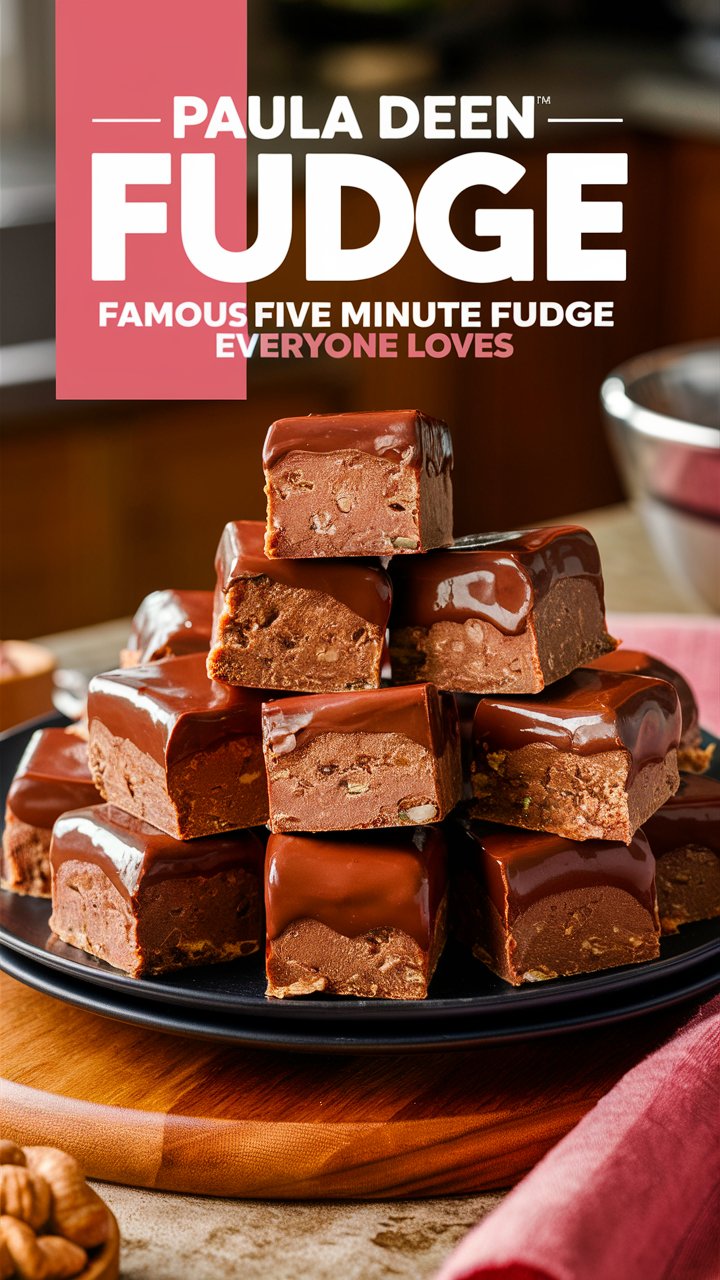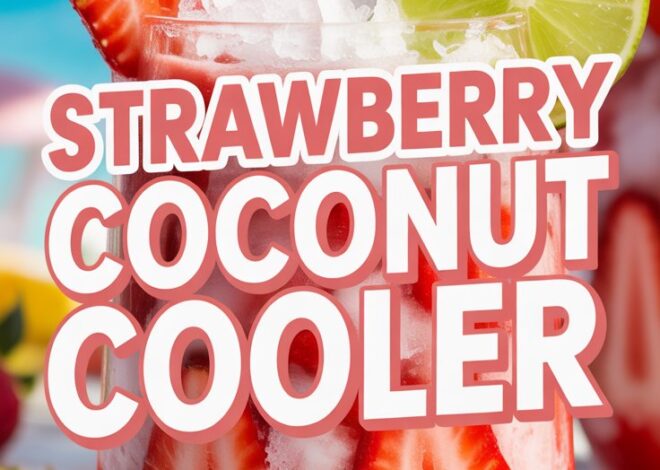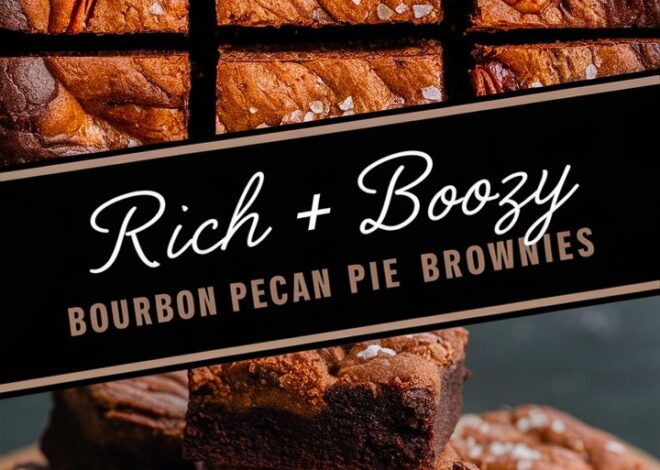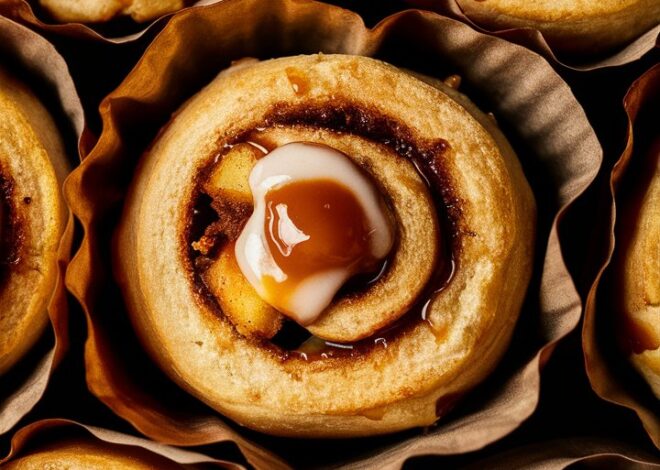
How to Make Classic Vanilla Fudge – Smooth & Creamy Treat 2025
Vanilla fudge is a timeless classic—a rich, creamy, sweet treat that instantly brings back nostalgic memories of cozy family gatherings, festive celebrations, and simple indulgence. Whether you’re a seasoned candy maker or a home cook trying fudge for the first time, this guide will take you step-by-step through crafting the perfect vanilla fudge.
We’ll explore everything from basic ingredients and essential techniques to troubleshooting tips, flavor variations, storage advice, and even the fascinating history behind this beloved confection.
By the end, you’ll have a foolproof recipe and all the knowledge needed to create fudge that melts smoothly on your tongue with that signature vanilla warmth — guaranteed to impress family, friends, and even yourself.
1. What Is Vanilla Fudge?
Fudge is a type of soft candy known for its creamy, melt-in-your-mouth texture and rich sweetness. Made primarily from sugar, butter, and milk, fudge is cooked to a specific temperature, then beaten until smooth and creamy.
Vanilla fudge, specifically, highlights the delicate flavor of pure vanilla extract, providing a subtle yet comforting aroma and taste that balances the intense sweetness. Its smooth texture and simple flavor make it versatile for various occasions — from casual snacks to festive holiday desserts.
2. The History and Origins of Fudge
The story of fudge is as rich as its taste. Fudge first emerged in American candy shops in the late 19th century, with the earliest documented recipes appearing in the 1880s. Originating as a simple confection, fudge quickly gained popularity for its ease of preparation and delightful texture.
Originally, fudge was handcrafted by confectioners, but it soon became a beloved homemade treat. The name “fudge” reportedly came from the exclamation “Oh, fudge!” uttered when batches went wrong — usually because of the tricky candy-making process.
Over time, fudge evolved with numerous flavor variations, with vanilla becoming one of the most enduring favorites due to its classic, nostalgic appeal.
3. Essential Ingredients for Classic Vanilla Fudge
To make traditional vanilla fudge that is creamy and melts perfectly, quality ingredients matter. Here’s what you need:
- Granulated Sugar: The base for sweetness and structure.
- Unsalted Butter: Adds richness and smoothness.
- Whole Milk: Provides moisture and creaminess (alternatively, evaporated milk can be used for a richer texture).
- Pure Vanilla Extract: The star flavor that infuses warmth and aroma. Use high-quality, pure vanilla extract for the best taste.
- Powdered (Confectioners’) Sugar: Helps to thicken and stabilize the fudge, creating the smooth texture.
- Salt: A small pinch enhances sweetness and balances flavor.
Optional: Nuts, chocolate chips, or other mix-ins can be added to customize your fudge.
4. The Science Behind Perfect Fudge
Understanding a bit of candy science can elevate your fudge-making from guesswork to precision.
- Sugar Crystallization: Fudge’s smooth texture depends on controlling how sugar crystals form during cooking and cooling. Rapid or uncontrolled crystallization leads to grainy fudge, which is less pleasant.
- Cooking Temperature: Heating the sugar mixture to the “soft ball stage” (approximately 234-240°F or 112-115°C) is critical. At this temperature, sugar syrup forms a pliable ball in cold water, ideal for fudge consistency.
- Beating: After cooking, beating the mixture cools it and encourages fine crystal formation, making the fudge creamy rather than gritty.
- Timing: Pouring and setting the fudge at the right time ensures the perfect firm but tender texture.
5. Step-by-Step Classic Vanilla Fudge Recipe
Ingredients:
- 2 cups granulated sugar
- 1/2 cup unsalted butter
- 1/2 cup whole milk
- 1 tsp pure vanilla extract
- 2 cups powdered sugar (sifted)
- Pinch of salt
Instructions:
Step 1: Prepare Your Pan
Line an 8×8-inch baking dish with parchment paper, leaving overhang for easy lifting. Lightly grease with butter or nonstick spray.
Step 2: Combine and Cook Sugar Mixture
In a medium saucepan over medium heat, add granulated sugar, butter, milk, and a pinch of salt. Stir constantly until the sugar dissolves and the mixture comes to a gentle boil.
Step 3: Boil to Soft Ball Stage
Continue to stir and boil for 5-7 minutes. If you have a candy thermometer, monitor the temperature closely. Aim for 234-240°F (112-115°C). If no thermometer, time 5-7 minutes and test using the cold water soft ball test.
Step 4: Remove from Heat and Add Vanilla
Take the pan off the heat. Stir in the pure vanilla extract thoroughly.
Step 5: Beat in Powdered Sugar
Gradually add sifted powdered sugar while beating with an electric mixer or sturdy whisk. Beat until the mixture thickens, becomes glossy, and starts to lose its shine.
Step 6: Pour Into Pan and Set
Immediately pour the fudge mixture into the prepared pan. Smooth the top with a spatula. Tap lightly on the counter to remove air bubbles.
Step 7: Let Fudge Cool and Set
Allow the fudge to cool at room temperature for 2-3 hours, or until fully set.
Step 8: Cut and Serve
Lift the fudge out of the pan using the parchment overhang. Slice into 36 small squares with a sharp knife. Serve immediately or store.
6. Tips for Success: How to Avoid Common Fudge Mistakes
- Don’t rush the boiling: Undercooking leads to soft fudge; overcooking results in hard, brittle texture.
- Avoid stirring after boiling: Stirring too much as it cools encourages large sugar crystals, making fudge grainy.
- Use fresh ingredients: Old or low-quality butter and vanilla can affect flavor and texture.
- Beat the fudge while warm: Start beating as soon as you remove from heat to ensure proper texture.
- Use the soft ball test if no thermometer: Drop a bit of syrup in cold water. If it forms a soft, pliable ball, the fudge is ready to cool.
- Cool fudge in a cool, dry environment: Avoid humid places which can prevent setting or cause stickiness.
7. Delicious Variations to Customize Your Vanilla Fudge
- Nutty Vanilla Fudge: Fold in chopped pecans, walnuts, or almonds just before pouring.
- Chocolate Marble: Swirl melted dark or milk chocolate into the fudge mixture for a marbled effect.
- Maple Vanilla Fudge: Replace 1/2 tsp vanilla with pure maple extract for a sweet twist.
- Coconut Vanilla Fudge: Add shredded coconut or use coconut milk in place of whole milk for a tropical flavor.
- Salted Caramel Vanilla Fudge: Sprinkle sea salt flakes on top after pouring fudge into the pan.
- Vegan Vanilla Fudge: Use vegan butter and plant-based milk like almond or oat milk (texture may vary).
8. How to Store and Serve Vanilla Fudge
- Store fudge in an airtight container at room temperature for up to one week.
- For firmer texture, refrigerate fudge, wrapped tightly to avoid drying out.
- Freeze fudge for longer storage (up to 3 months). Wrap individual pieces in wax paper and place in a freezer-safe container. Thaw at room temperature before serving.
- Serve fudge at room temperature for best flavor and texture.
- Cut into small squares or festive shapes for parties and gift boxes.
9. Frequently Asked Questions (FAQs)
Q1: Can I make fudge without a candy thermometer?
Yes! Use the cold water soft ball test: drop a bit of boiling syrup into cold water. If it forms a soft ball that flattens when removed, it’s ready.
Q2: Why is my fudge grainy?
Usually due to sugar crystals forming unevenly. Make sure to dissolve sugar fully before boiling and avoid stirring once the mixture starts to cool.
Q3: Can I add mix-ins?
Absolutely. Nuts, chocolate chips, or dried fruit can be folded in after beating the fudge.
Q4: How can I fix fudge that didn’t set?
Gently reheat, add more powdered sugar, beat again, and reset.
Q5: Can I double this recipe?
Yes. Use a larger pan (9×13 inch) and adjust cooking time slightly.
10. Nutritional Information and Health Considerations
Approximate nutrition per 1 small square (1/36th of batch):
- Calories: 110
- Fat: 4.5g (Saturated fat: 2.8g)
- Sugar: 17g
- Protein: 0.2g
Note: Fudge is a high-sugar treat best enjoyed occasionally. Consider portion control if managing sugar intake.
11. Creative Ways to Enjoy and Gift Vanilla Fudge
- Gift packaging: Wrap squares in parchment or wax paper tied with ribbon for homemade gifts.
- Dessert boards: Include fudge alongside fruits, nuts, and cheeses for party platters.
- Ice cream topping: Crumble fudge over vanilla ice cream for added richness.
- Holiday treats: Add festive sprinkles or colored sugar for seasonal appeal.
- Edible favors: Package fudge in small jars or tins for weddings and celebrations.
12. Final Thoughts: Why Vanilla Fudge Remains a Favorite
Classic vanilla fudge combines simplicity with indulgence. Its smooth texture and comforting vanilla aroma make it a treat for all ages. Whether enjoyed as a nostalgic gift, a party sweet, or a self-indulgent moment, this fudge recipe offers a reliable, delicious way to create memories.
With the tips and variations provided, anyone can master fudge-making and keep this sweet tradition alive and well in their kitchen.


